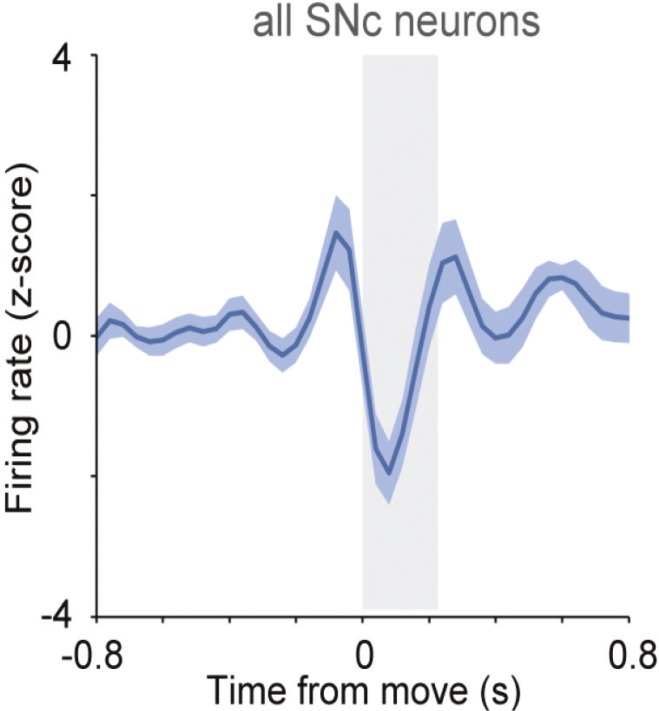Cultural influence on Japanese hunter–gatherer pottery use
Jōmon pot from Torihama. Image courtesy of Wakasa Fukui Prefectural Wakasa History Museum.
Pottery is thought to have originated among the hunter–gatherers of Japan around 16,000 years ago but proliferated only around 11,500 years ago, coinciding with a climate shift at the end of the last ice age that ushered new food sources into the archipelago. To test the hypothesis that pottery expansion is tied to the climate shift and resultant changes in resource exploitation, Alexandre Lucquin et al. (pp. 3991–3996) analyzed lipids recovered from 143 ceramic vessels found at Torihama, an ancient hunter–gatherer site in Fukui Prefecture in western Japan that holds a 9,000-year-long record over a period spanning the climate shift. Lipid profiles revealed that pottery was largely used for cooking aquatic resources throughout this period, with a possible shift from marine species in the late glacial period to a combination of marine, freshwater, and brackish species during the postglacial period. Isotopic analysis of carbon and nitrogen, as well as plant microfossils such as starch granules and phytoliths, suggested limited evidence of plant processing in Torihama pottery. Thus, pottery may have initially served as a prestige technology, reserved for celebratory occasions and competitive feasting tied to the preparation and storage of aquatic foods. Pottery largely continued to serve the same purpose in the postglacial period, indicating the predominance of cultural over climatic influences on pottery development in Japan, according to the authors. — P.N.
Predicting human epidemic virus emergence
Most emerging infections arise from the transmission of viruses from animals to humans but do not result in the sustained human-to-human transmission necessary to cause an epidemic. The early detection of viral infections capable of efficient transmission among humans is critical for pandemic planning. Jemma Geoghegan et al. (pp. 4170–4175) compiled and analyzed a database of 203 human viruses and used statistical models to identify biological factors that predict which viruses are most likely to successfully emerge in human populations. The probability of human-to-human transmission was increased by low host mortality and long-term chronic infections, both of which allow the virus more time to spread. By contrast, the likelihood of human-to-human transmission was decreased by the presence of a viral envelope, which is easily degradable and not environmentally stable. Moreover, vector-borne viruses were less likely to spread among humans than viruses not transmitted by vectors, possibly due to the difficulty of adapting to multiple hosts. According to the authors, these biological factors could be used to predict which viruses are likely to cause epidemics, enabling public health officials to take appropriate measures to prevent and contain outbreaks. — J.W.
Imaging in low-light conditions
Biologically inspired enhancer for low-light vision.
Imaging devices with improved light sensitivity in the dark have uses in medicine, military, and astronomy. Current approaches to improve light sensitivity in imagers are largely electronic, relying on image intensifiers or sensors with novel, photoactive materials. Taking a nature-inspired optical approach, Hewei Liu et al. (pp. 3982–3985) fabricated a photosensitivity enhancer that includes features of superposition eyes, such as those found in some crustaceans, and the elephantnose fish retina, which contains microcups with reflecting sidewalls that funnel light onto photoreceptors and increase photosensitivity in low light. Using laser micromachining and chemical etching, the authors constructed a 12.5-mm-wide enhancer with an iris-mounted ball lens and a 48 × 48, elephantnose-like array of glass microphotocollectors (µ-PC) with parabolic sidewalls coated with reflecting aluminum. Fixed atop a curved siloxane polymer membrane and encased in a 3D-printed shell, the µ-PC array improved light intensity by a factor of 3.8 and functioned in a wide light spectrum; by contrast, the fish eye reflects only red light. Imaging tests revealed that the enhancer enabled recognition of letter logos and complex images, including spatial features and boundaries, under low-light conditions that typically hinder resolution. According to the authors, the biologically inspired enhancer might represent a prototype night-vision camera with low distortion and, with further improvements, might be useful in endoscopy, robotics, and space exploration, among other applications. — P.N.
Quantifying health and climate change benefits of plant-based diets
Feeding the planet’s population accounts for more than one-quarter of all greenhouse gas emissions, around 80% of which has been attributed to livestock production. Meanwhile, diets rich in red and processed meats have been linked to cardiovascular disease and certain kinds of cancer, among other illnesses. Marco Springmann et al. (pp. 4146–4151) evaluated the combined benefits to health and climate change of eating fewer animal-sourced foods by combining a region-specific global health model with a recently published metaanalysis that relates the production and consumption of specific foods to greenhouse gas emissions. The authors report that changing to a plant-based diet in accordance with established nutritional standards—incorporating five or more portions of fruits and vegetables, limiting red meat and sugar, and maintaining a healthy weight—could potentially reduce global mortality by 10% and food-related greenhouse gas emissions by 29–70%, compared with projections for 2050 by the United Nations Food and Agricultural Organization. Further analysis also revealed that the benefits vary greatly by geographic region, with dietary changes preventing an increased number of total deaths in developing countries, but increased number of deaths per capita in Western high-income and middle-income countries, according to the authors. — T.J.
Dopamine neuron firing and motor disorders
Reduced firing of SNc neurons during movement onset.
Parkinson’s disease is a movement disorder that develops when the loss of midbrain neurons substantially reduces brain levels of a signaling molecule called dopamine. However, the midbrain is composed of different types of dopamine-releasing neurons, suggesting that these cells might play distinct roles in normal motor behavior and disease. To address this possibility, Paul Dodson et al. (pp. E2180–E2188) recorded the activity of dopaminergic neurons in three midbrain structures—the substantia nigra pars compacta (SNc), the ventral tegmental area (VTA), and the substantia nigra pars lateralis (SNL)—in mice that were placed on a running wheel. The firing rate of most SNc neurons, but not VTA or SNL neurons, decreased when the mice began to move, compared with when the animals rested in place. By contrast, in a genetic mouse model of Parkinson’s disease, the firing rate of SNc neurons did not change during the onset of movements, suggesting that the pauses in the firing of SNc neurons may be important for maintaining movement precision. Taken together, the findings suggest that distinct midbrain dopaminergic neurons play different roles in normal movement and motor disorders such as Parkinson’s disease, according to the authors. — J.W.
Invasive mammal eradication for biodiversity conservation
Black-vented shearwaters moved to a lower extinction risk category following feral cat eradication on Natividad Island, Mexico. Image courtesy of Island Conservation (Santa Cruz, CA).
Although tens of billions of dollars are spent each year on global biodiversity conservation, conservation actions are rarely assessed in a systematic manner to determine their global efficacy. With island species accounting for nearly two-thirds of recent extinctions, islands are important targets for conservation efforts. Holly Jones et al. (pp. 4033–4038) conducted a large-scale literature and database review along with expert interviews to estimate the biodiversity conservation value of removing invasive mammals found on islands, including rodents, goats, and cats. Across 251 eradications of invasive mammals on 181 islands, the authors found 236 native species that benefited and seven native species that were negatively affected. The benefits to native species included resident population recovery, recolonization, and reintroductions of formerly extirpated animals. Species with demonstrated benefits from invasive mammal eradication included invertebrate, landbird, seabird, mammal, and reptile species, with birds being the most frequent beneficiaries. Four threatened species were moved to a reduced extinction risk category due to invasive mammal eradication; none were moved to a higher extinction risk category. These results suggest that invasive mammal eradication on islands is an important tool for protecting threatened species. Because monitoring eradication outcomes is typically inconsistent, the impact of invasive mammal eradication on islands may be greater than the current report, according to the authors. — L.G.






